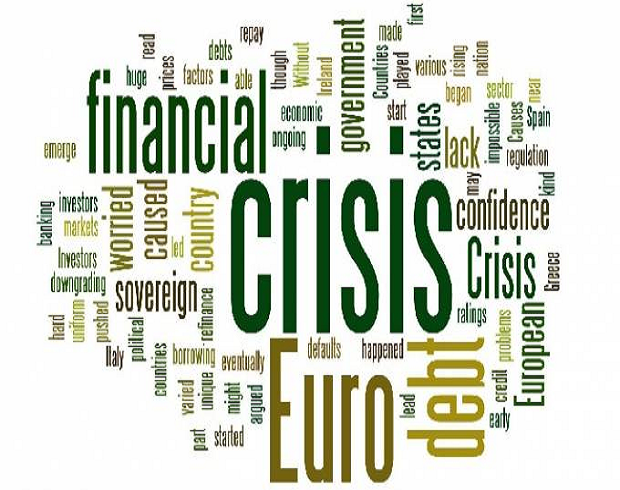Maria owned a successful dairy products company that had been doing business for the last twenty two years. Her children had been pushing her to let in other investors into the business so that they could reduce their dependence on debt capital. The company had taken loans to enable the rapid expansion that the business had undergone following customer demand for their niche products. Her cousins Tom and Philomena had taken an interest in the business and put in some money in return for a 10% stake each in the company. This money had enabled critical manufacturing machines to be imported and the company was now one of the top producers of lactose free dairy products whose demand was growing in double digits every quarter.
Maria took the opportunity that the external investment provided to transfer another 20% of the company’s shares divided equally amongst her four adult children. As a majority shareholder at 60%, she could still make controlling decisions and count on her children to back her up in the event of a shareholder dispute with Tom and Philomena, fondly referred to as Tomlena by her children. But her decisions were subject to the shareholder agreement that Tomlena had insisted upon before they transferred the cash for their 20% stake. The agreement had included shareholder reserved matters like how much of the profits could be distributed as dividend and when such payment could occur. There was also a requirement that shareholder approval was needed for any company borrowing to ensure that the company did not over extend itself.
But a key clause that her lawyers had strongly advised her to include was a drag along clause. As the business had started getting noticed by potential private equity investors, her lawyer advised that she should put in the clause that would protect her in the event that the minority shareholders decided to block an acquisition of a majority stake by a third party. ‘How would this work?’ she had asked the lawyer. ‘By putting in a drag along clause, you become attractive to a third party buyer as it provides an opportunity for said buyer to get 100% of the company, without painful negotiations with potentially emotional minorities,’ explained the lawyer. Maria would have to ensure that any third party buyer provided the same price, terms and conditions to the minorities that she was receiving.
Maria didn’t like the sound of that. Tomlena had provided capital to the business at a critical time and on very soft loan terms. They had taken a punt that the business strategy to invest in manufacture of niche products would work and that bet had paid off well. Her children had also strong emotional ties to the business as it had educated them and employed some of them. Her lawyer saw the anxiety on her face. ‘Another option could be a tag along clause,’ he suggested. The tag along clause would offer minority shareholders the option but not the obligation to sell to a third party buyer of the majority stake. If Maria managed to negotiate a good price including a deal that had a combination of cash and share swaps with the acquiring party, the minority shareholders could participate in the same deal if they wished to sell their shares. ‘I do have to warn you that many investors do not like these kind of clauses when they find them during due diligence,’ her lawyer cautioned. ‘Institutional buyers do not like to be forced on the negotiating table with parties who do not have controlling interests and are presumed to be weaker from a bargaining standpoint. This might potentially cause a delay or be a deal breaker in the event you do find a buyer.’
Maria was in a quandary. She knew she wanted to eventually sell the business as her children had convinced her to retire early and do a trip around the world. ‘Look, you don’t have to take the difficult road right now,’ the lawyer advised. ‘We can put in a pre-emptive rights clause that gives the existing shareholders the first right of refusal in the event you want to sell. They will have an equal right to purchase your shares proportionate to their shareholding. So if they are unable to buy your shares at the valued price, then you can sell them to the third party buyer. Investors who are willing to deal with minorities would like this as it doesn’t force them to a negotiating table with minorities from the start.’ Maria met separately with her children and with Tomlena. They were all in unanimous agreement that if she sold her shares for good value, they would want out of the business as well. The drag along clause won the day and was inserted into the shareholder agreement. Maria could now focus on building a bigger business and preparing it for an eventual outright sale.
Twitter: @carolmusyoka

 carolmusyoka consultancy
carolmusyoka consultancy
 @carolmusyoka
@carolmusyoka





